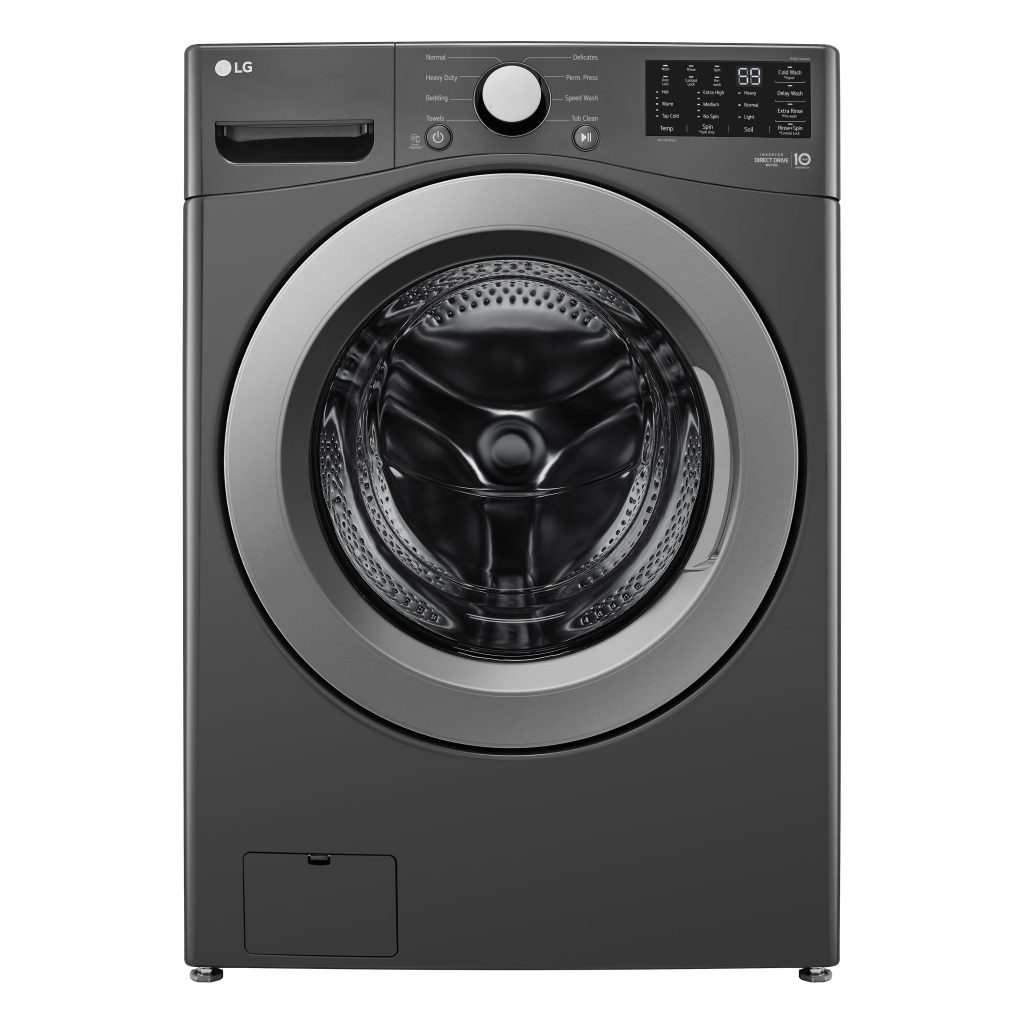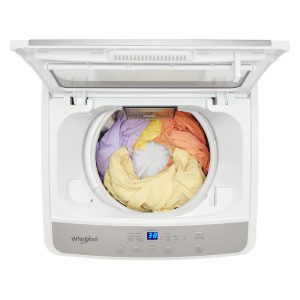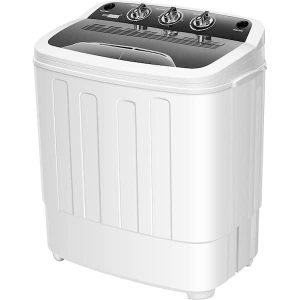Washing Machine Smoking: How Can You Prevent It?
Introduction:
A smoking washing machine is an alarming issue that needs immediate attention. Not only does it pose a safety hazard, but it also indicates a malfunction that could potentially lead to more significant problems. This comprehensive guide covers the various causes of a smoking washing machine, the steps to take when you encounter this issue, and preventive measures to avoid it in the future. By understanding these aspects, you can ensure the safe and efficient operation of your washing machine.
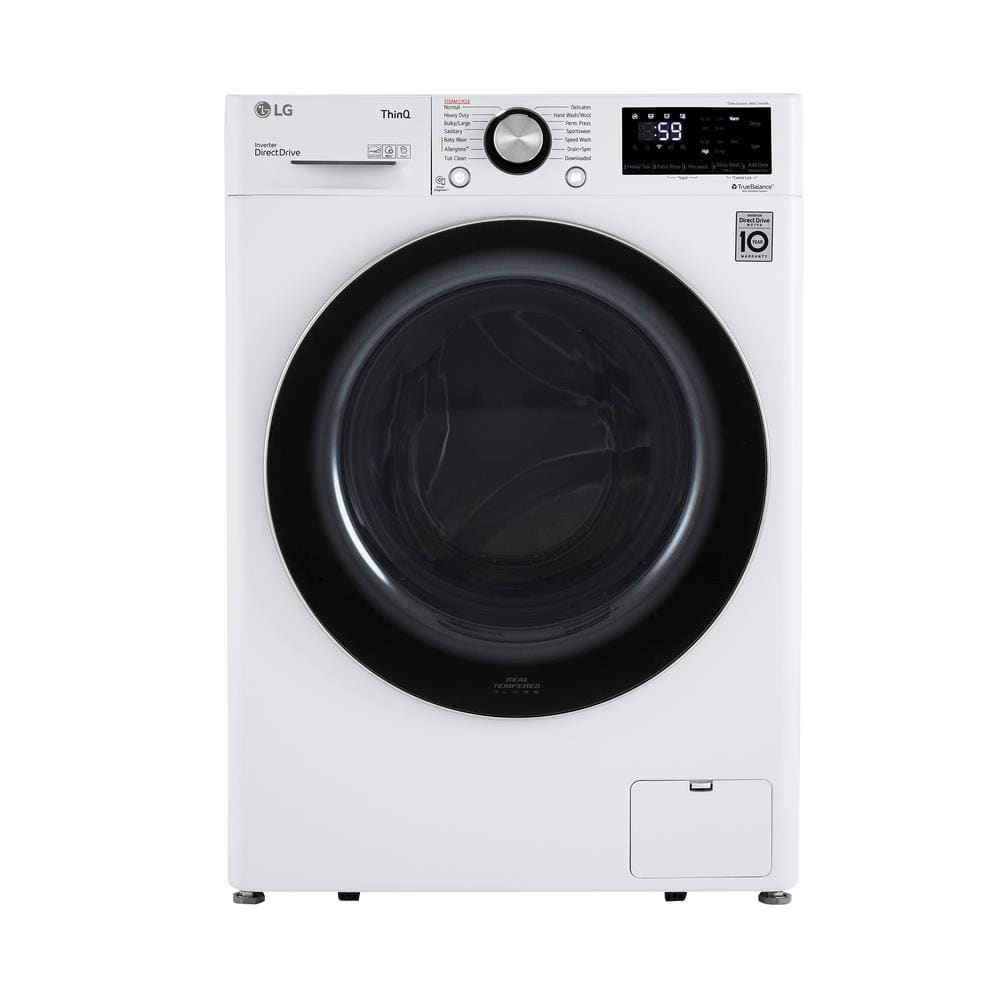
Washing Machine Smoking:
What Should You Do and How Can You Prevent It?
Common Causes:
What Triggers a Washing Machine to Smoke?
Identifying the root cause of a smoking washing machine is essential for effective troubleshooting and repair.
Electrical Issues:
Faulty Wiring:
Short Circuits: Wiring inside the washing machine may deteriorate or become damaged over time, leading to short circuits. Short circuits generate excessive heat, which can cause smoke and potentially ignite a fire.
Loose Connections: Loose electrical connections within the machine can also cause arcing and overheating. When electrical contacts are not secure, they can create sparks, which may result in smoke and damage to other components.
Overheating Components:
Motor Problems:
Worn-Out Motor: The motor is one of the most critical components of a washing machine, and if it becomes worn out or overloaded, it can overheat and washer started smoking. Overuse or heavy loads can exacerbate this issue.
Bearing Failure: Bearings support the motor and allow it to spin freely. If the bearings fail, the motor can become misaligned and overheat, causing smoke and reduced performance.
Mechanical Failures:
Drive Belt Issues:
Worn or Misaligned Belts: The drive belt transfers power from the motor to the drum. If the belt is worn out or misaligned, it can create friction and overheating, leading to smoke. Regular inspection and timely replacement of belts can prevent this issue.
Blocked Drain Pump:
Obstructions: A blocked drain pump can cause water to accumulate in the machine, leading to overheating and smoke. Foreign objects, such as coins, buttons, or lint, can block the pump, causing it to overheat and fail.
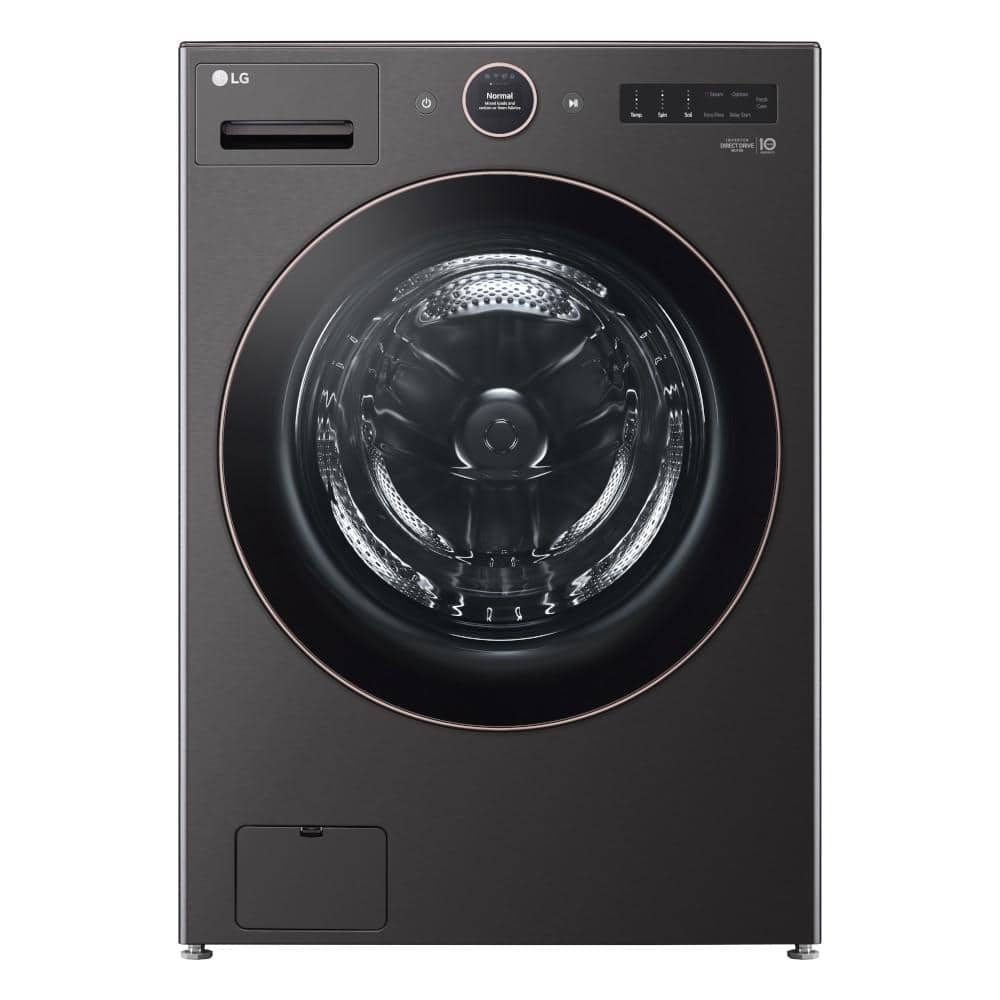
Initial Response:
What Actions Should You Take When Your Washing Machine Starts Smoking?
Immediate action is crucial to ensure safety and minimize damage when you notice smoke coming from your washing machine.
Power Down the Machine:
Immediate Shutdown:
Unplugging: Turn off the washing machine immediately and unplug it from the electrical outlet. Cutting off the power source reduces the risk of electric shock and further damage.
Water Supply: If possible, also shut off the water supply to the washing machine to prevent leaks or flooding caused by a malfunction.
Ventilate the Area:
Clear the Air:
Open Doors and Windows: Open windows and doors to ventilate the area and disperse the smoke. Good ventilation helps clear the air quickly and reduces the inhalation of potentially harmful fumes.
Use Fans: If available, use fans to help blow the smoke out of the room. Avoid using ceiling fans if there’s extensive smoke, as they can spread the particles more widely.
Safety and Inspection:
When Should You Call a Professional?
Certain signs indicate that professional assistance is necessary to diagnose and repair your washing machine safely.
Sparks or Fire:
Immediate Professional Help:
Visible Sparks: If you observe sparks or flames, do not attempt to repair the machine yourself. Call a professional technician immediately, as this indicates a severe electrical issue that requires expert handling.
Extensive Smoke: Heavy smoke production is a sign of a significant malfunction. In such cases, it’s safer to have a professional inspect and address the problem to prevent further damage.
Persistent Issues:
Ongoing Problems:
Repeated Smoking: If the washing machine continues to smoke despite addressing minor issues, it may have a more complex internal problem. Persistent smoking warrants a professional diagnosis to identify and fix the underlying cause.
Unusual Noises: Unusual noises, such as grinding or buzzing, coupled with smoke, indicate potential mechanical failures. A professional can accurately diagnose and replace faulty components.
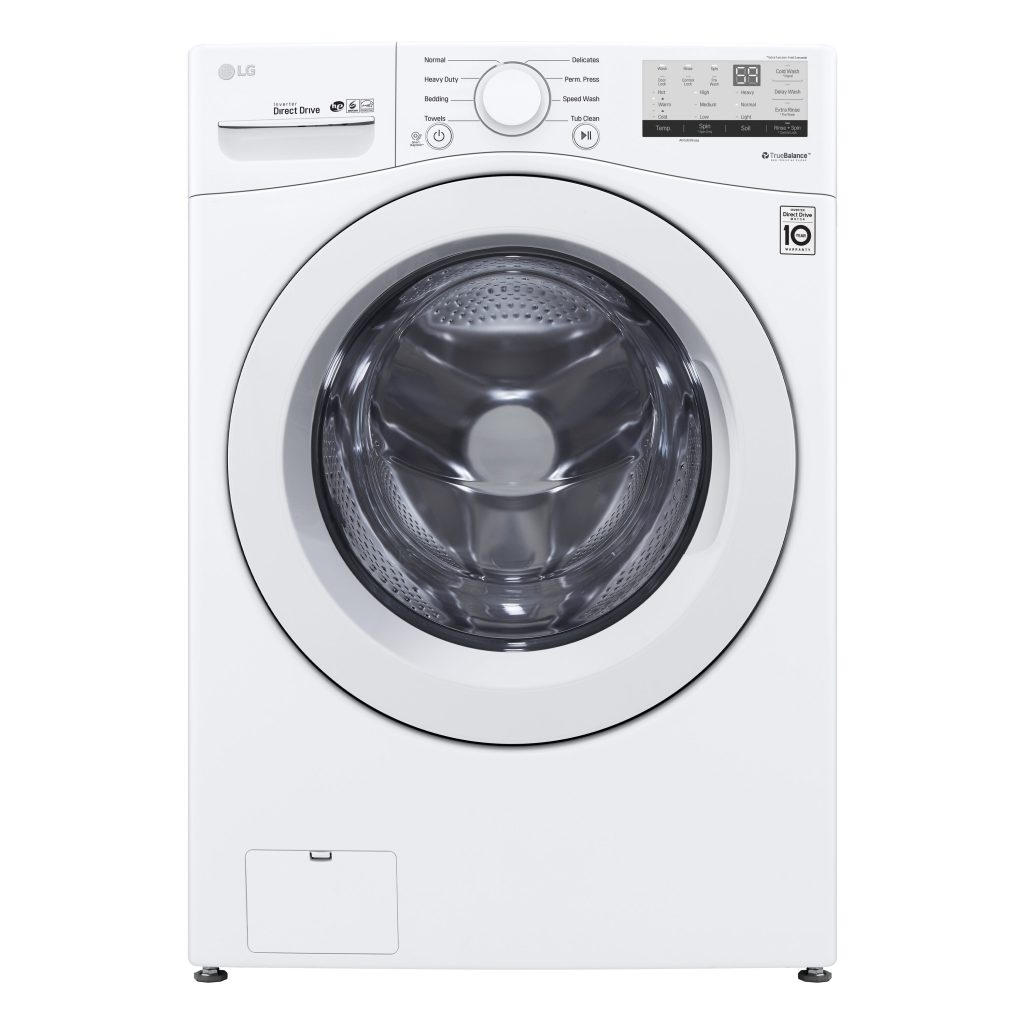
DIY Troubleshooting:
What Steps Can You Take to Identify and Fix Minor Issues?
For minor problems, there are several basic troubleshooting steps you can take to identify and potentially resolve the issue yourself.
Inspect Electrical Components:
Check Connections:
Tighten Loose Wires: Carefully inspect the wiring connections inside the washing machine. Ensure all connections are tight and secure. Replace damaged wires or connectors as necessary.
Replace Faulty Components: Identify any burnt or frayed wires and replace them. Damaged electrical components should be replaced with new, compatible parts to ensure the machine operates safely.
Examine Mechanical Parts:
Belt and Motor:
Check Drive Belt: Inspect the drive belt for signs of wear, cracks, or misalignment. Replace the belt if it appears worn out or damaged. Ensure it is correctly aligned with the pulleys.
Motor Inspection: Examine the motor for signs of overheating or damage. If the motor shows signs of burn marks or smells burnt, it may need to be replaced or professionally repaired.
Clean and Clear:
Remove Obstructions:
Drain Pump: Check the drain pump for obstructions and clear any debris or foreign objects. Regularly cleaning the pump can prevent blockages and overheating.
Lint Filter: Clean the lint filter regularly to prevent buildup that can cause overheating. A clean filter ensures proper drainage and reduces the risk of smoking.
Preventive Measures:
How Can You Prevent Your Washing Machine from Smoking in the Future?
Implementing preventive measures can help avoid the issue of a smoking washing machine and enhance the appliance’s longevity.
Regular Maintenance:
Scheduled Checkups:
Routine Inspections: Schedule regular inspections of your washing machine to check for any signs of wear and tear. Regular maintenance helps identify potential issues before they become severe problems.
Professional Servicing: Consider having your washing machine professionally serviced at least once a year. Technicians can perform detailed inspections and maintenance, ensuring the machine operates efficiently and safely.
Proper Usage:
Avoid Overloading:
Load Capacity: Avoid overloading the washing machine, as this puts excessive strain on the motor and mechanical components. Follow the manufacturer’s guidelines for appropriate load sizes to ensure optimal performance.
Balance Loads: Ensure loads are balanced and evenly distributed in the drum. Unbalanced loads can cause excessive strain and uneven wear, leading to potential overheating and smoking.
Quality Parts and Accessories:
Use Authentic Parts:
Genuine Components: Always use genuine or manufacturer-approved replacement parts and accessories. Authentic parts are designed to fit and function correctly, reducing the risk of malfunctions.
Avoid Cheap Alternatives: Avoid using cheap, non-genuine alternatives, as they may not meet safety standards and could lead to further issues, including smoking and overheating.
User Manual:
Follow Guidelines:
Manufacturer Instructions: Refer to the user manual for specific maintenance and usage guidelines. Following the manufacturer’s instructions helps ensure safe and efficient operation.
Safety Tips: Adhere to any safety tips provided in the manual to avoid common pitfalls that could lead to smoking or other issues.
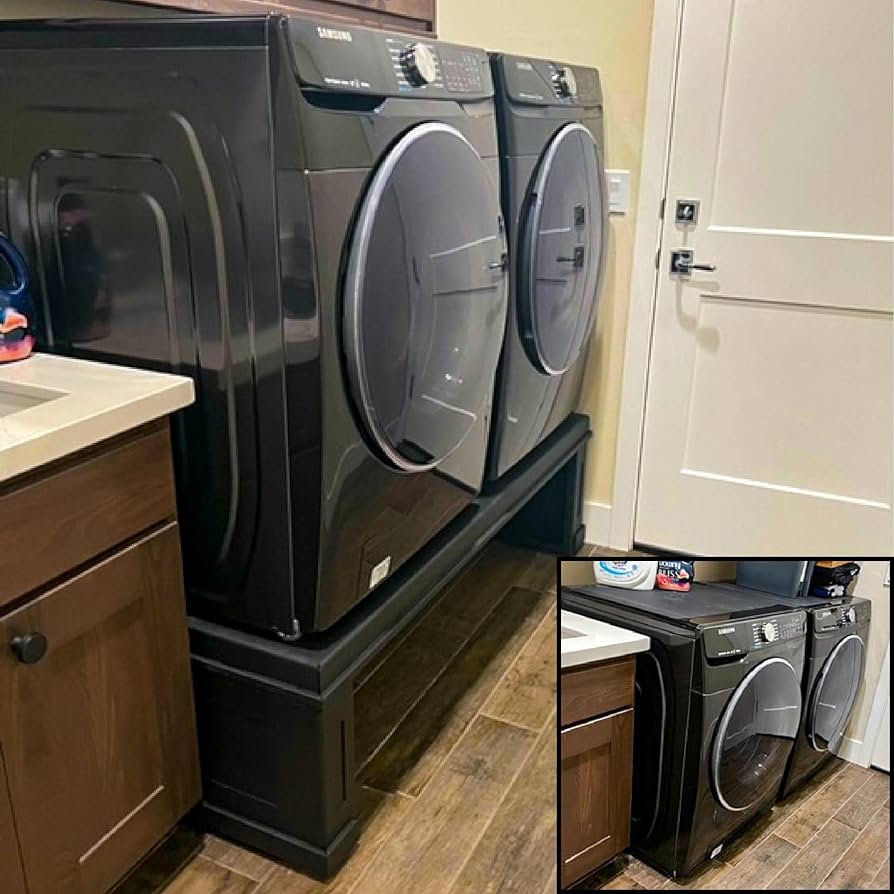 Troubleshooting Revisited:
Troubleshooting Revisited:
What Common Fixes Can Resolve Minor Problems?
If you encounter minor issues, several common fixes can often resolve the problem without professional help.
Replacing the Drive Belt:
Simple Belt Replacement:
New Belt: Purchase a new drive belt compatible with your washing machine model. Follow the manufacturer’s instructions or online tutorials to replace the belt.
Proper Tension: Ensure the new belt is properly tensioned and aligned to prevent slipping and excessive friction that could cause smoking.
Lubricating Bearings:
Reduce Friction:
Bearing Lubrication: Lubricate the motor and drum bearings periodically to reduce friction and prevent overheating. Use high-quality lubricant recommended by the manufacturer.
Check for Wear: Regularly check the bearings for signs of wear and replace them if necessary. Worn bearings can cause the motor to overheat and smoke.
Cleaning Vents and Filters:
Ensure Proper Airflow:
Ventilation: Ensure the washing machine’s ventilation is not blocked. Proper airflow helps prevent overheating and reduces the risk of smoking.
Filter Maintenance: Clean or replace filters regularly to ensure efficient drainage and operation. Blocked filters can cause water to back up, leading to overheating and smoke.
Conclusion
A washing machine smoking is a serious problem that requires immediate attention. Identifying common causes, such as electrical problems, overheating components, and mechanical failures, is essential for effective troubleshooting and repairs. Taking appropriate actions immediately, such as shutting off power and venting, ensures safety. While DIY troubleshooting can solve minor issues, persistent problems or serious signs, such as sparking, require professional help. Preventive measures, including regular maintenance, proper use, using 2024 quality parts, and following your owner’s manual, can help avoid such situations in the future. Implementing these steps will ensure your washing machine operates safely and efficiently, preventing potentially dangerous and costly repairs.
